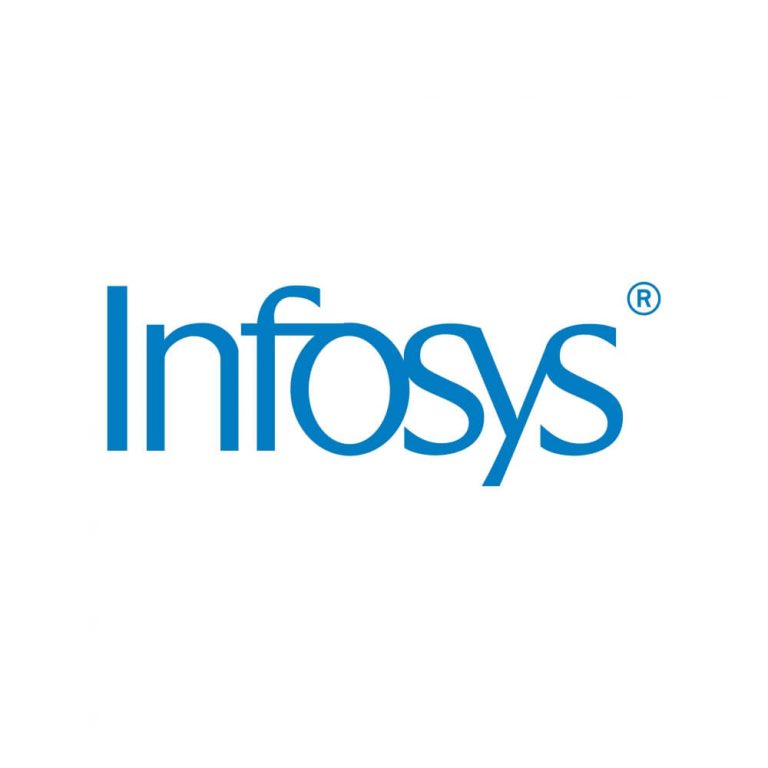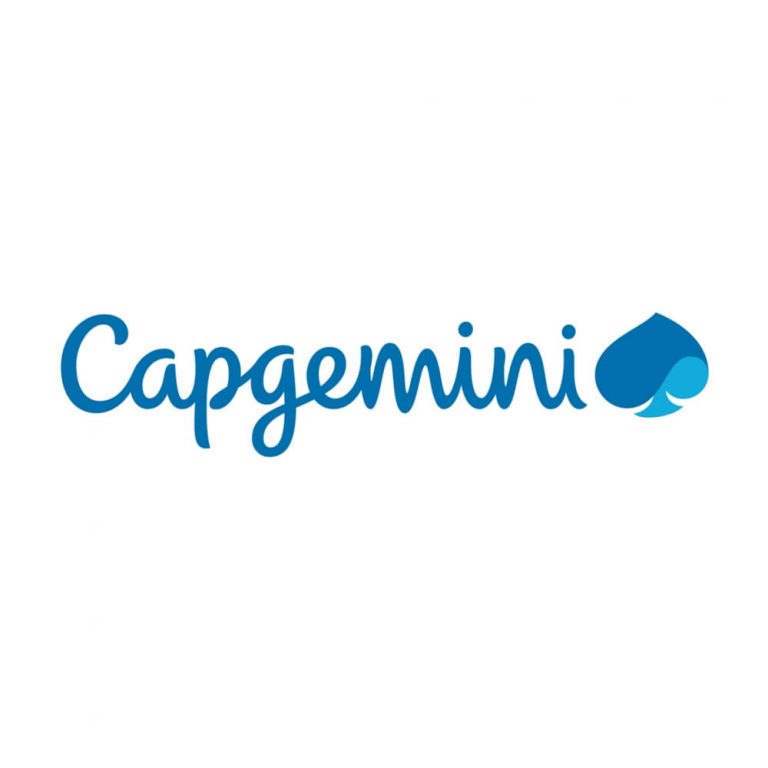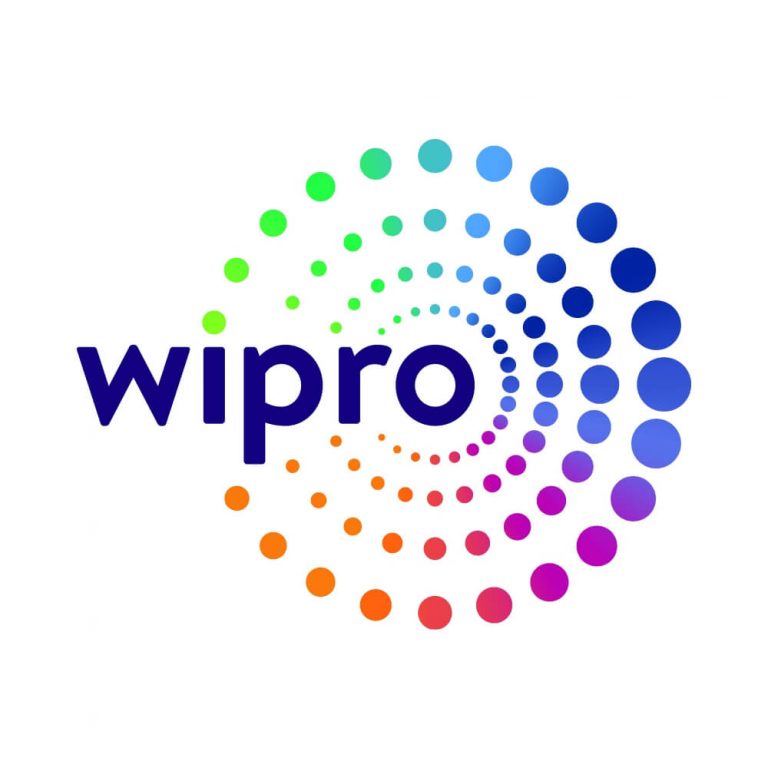PHP:
PHP is server side scripting language which is embedded in HTML. The basic use of PHP is to manage dynamic content, session tracking, databases, etc. It was developed by Rasmus Lerdorf in 1994 and the acronym for PHP is “Hypertext Preprocessor”.
PHP is integrated with various database which includes Oracle, Sybase, Microsoft SQL Server, MySQL, PostgreSQL and Informix. Over and above it supports large number of protocol like POP3, IMAP and LDAP. PHP is pleasingly zippy in execution, especially when compiled as an Apache module.
PHP code is usually processed by a PHP interpreter implemented as a module in the web server or as a Common Gateway Interface (CGI) executable. The web server combines the results of the interpreted and executed PHP code, which may be any type of data, including images, with the generated web page. The code can also be executed with a command-line interface (CLI) and can be used to implement standalone graphical applications.
Uses of PHP:
1. Performs System function:
PHP performs system functions, by opening files in a system.
2. Handle forms:
PHP can handle forms, by gathering data from files, save data to a file etc.
3. Interacts with database:
It creates the user information and retrieves information from the database whenever required.
4. Creates secure web pages
It allows to create secure webpages that requires an user to enter valid username and password to view the web content.
Characteristics of PHP:
Five important characteristics make PHP’s practical nature possible
1. Easiness
2. Efficiency
3. Security
4. Flexibility
5. Familiarity
Why is it preferable to develop in PHP?
PHP has a Robust nature and is an application which allows a business to provide its product and services directly to the customer desktop or mobile rather than installing software.
It has a solid core and a very secure architecture. Therefore, applications developed using it as the framework are very secure, stable and safe in themselves. They are also very seldom crash or malfunction.
It is an open source and free, and therefore saves a considerable amount of money for an organization by bringing down the overall development cost substantially. But despite its low cost, the quality of the development is not compromised at all.
It is an independent platform, and therefore the application can run across all major web browsers and operating systems.
Conclusion:
The above article provides you the basic information. There are various benefits of PHP which can be learned and used. Get yourself trained as a Professional in PHP from the best IT training Institute and boost your career in IT.










